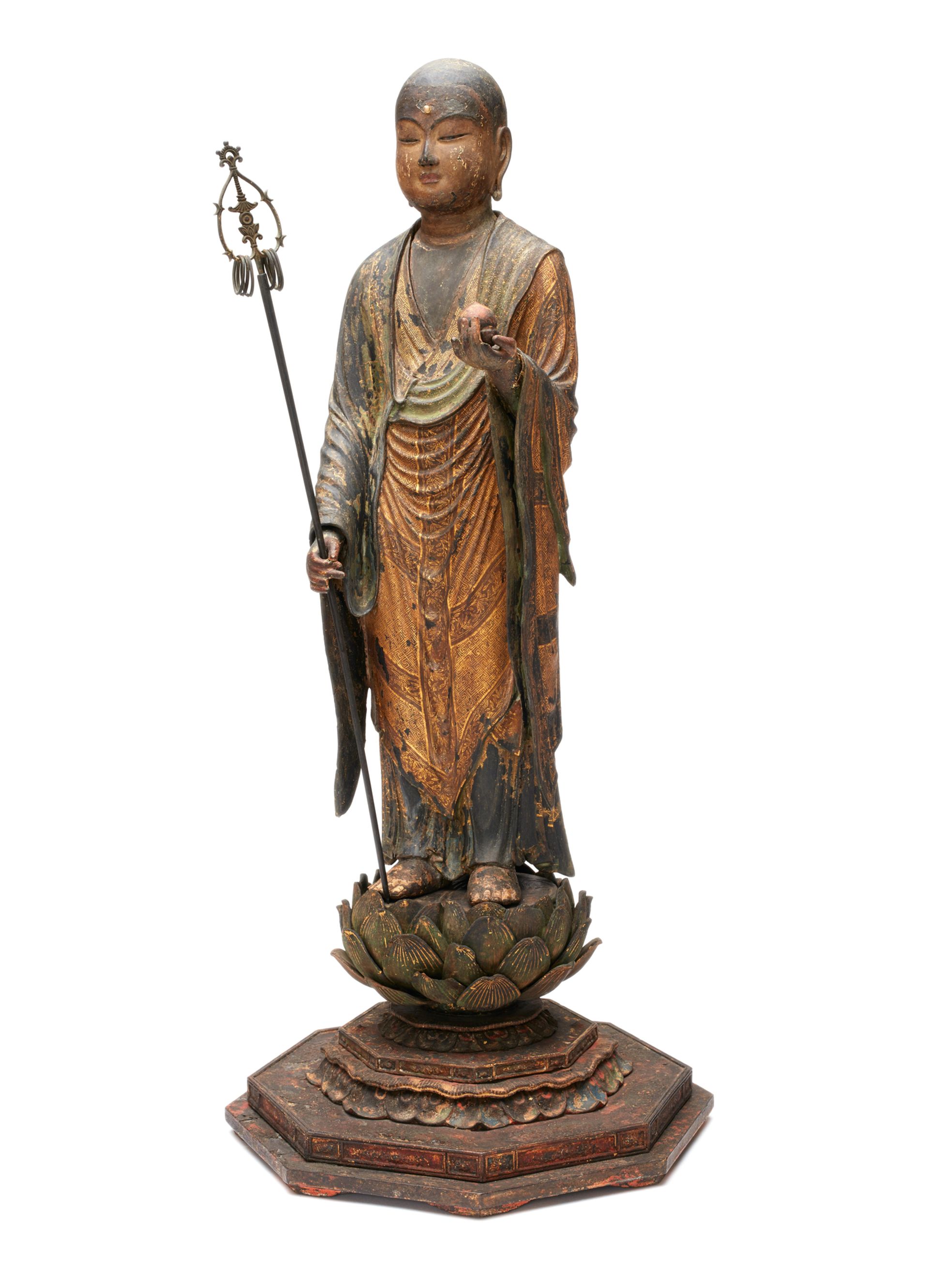The Asia Society Museum in New York has organised a show centred on sculptures from the Kamakura period (1185-1333)—and surprisingly, none of the works have been lent from Japan.
Kamakura: Realism and Spirituality in the Sculpture of Japan (9 February-8 May) features 34 works, with more than half coming from US museums, such as the Metropolitan Museum of Art (Met) in New York and the Kimbell Art Museum in Fort Worth, Texas. Others come from private US collections, such as the Mary Griggs Burke Collection, which has donated 850 works to American museums to date. Four sculptures come from the Asia Society’s Rockefeller collection, and just one comes from the state-run Museum of East Asian Art in Cologne, Germany.

Major loans from Japan are “notoriously hard to secure, and only a tiny number of other museums outside Japan could mount such a show from their own resources”, says the former Japan Society director Joe Earle.
The Kamakura period, named after the city where shogun Minamoto Yoritomo’s first military government was based, is known for its political and social turmoil. “In the civil war of the 1180s, the great Buddhist temples of the ancient capital in Nara burned to the ground,” the museum says in a press release. “The devastation shocked the entire country, but rebuilding and repopulating the temples with new sculptures and paintings began almost immediately.” The exhibition is the first to show the resulting works from this period in over 30 years in the US, and “is a great example of the ability of smaller, fleeter institutions… to mount fabulous, themed shows relying mainly on American public and private collections,” Earle says.
“While many larger institutions and private collections have a few works from this period, it is rare to get to see these [works] together as a group,” says Ive Covaci, who co-organised the exhibition. “The general public nor Asian art specialists have seen a major loan show of Kamakura sculpture in the United States in decades.”

